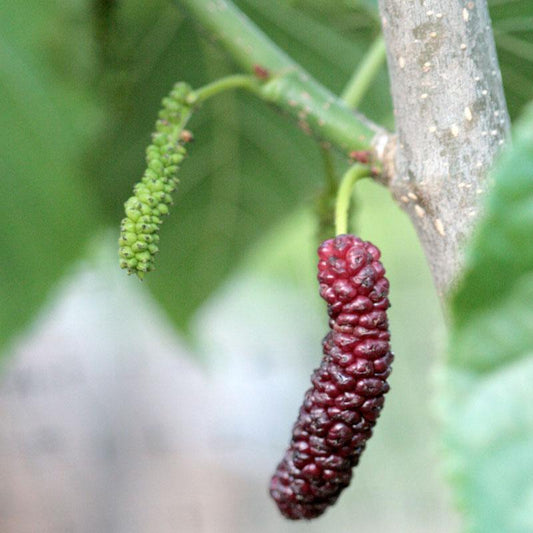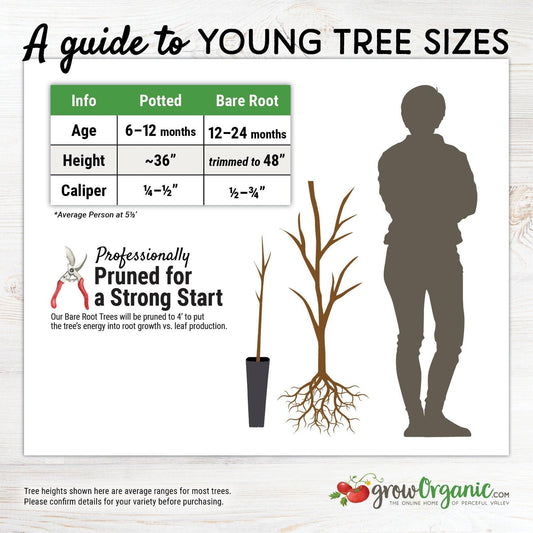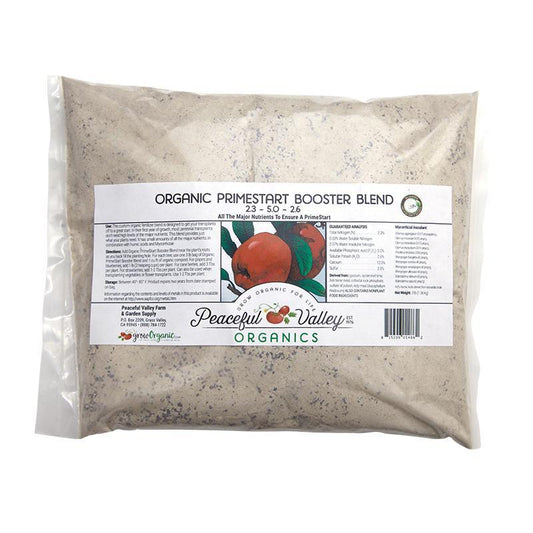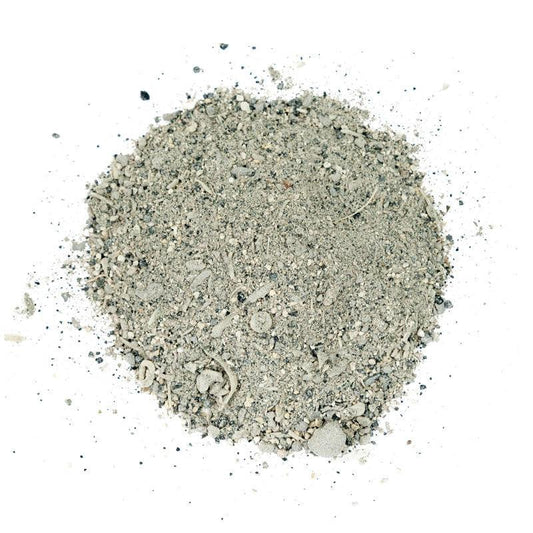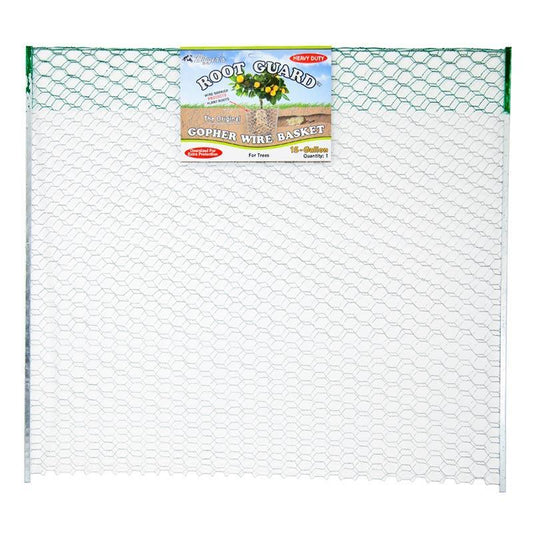Receiving Your Trees
When you receive your mulberry trees, they will be boxed securely with their roots wrapped in plastic and their limbs and roots trimmed back (not fully pruned) to fit the package. First, inspect the bag and make sure that the media around the roots is moist. In the event that the media requires additional moisture, use a clean spray bottle to moisten it evenly.
If you are not ready to plant upon arrival, see the “Heeling In” section below. Make sure your tree’s roots do not freeze. Place them in a sheltered location like a garage if you expect a freeze before your trees are planted. It is essential that the young tree roots have plenty of time to become established before the tree begins its spring limb growth and bud break, so plant the tree while it is in deep dormancy.
Heeling In
When your bare root mulberry trees arrive, open the plastic bags immediately. It is best to plant right away, within a week of delivery, however if you cannot plant right away, you may “heel in” the trees to protect them and keep them alive (but still dormant) until you are able to plant them in their permanent spot.
Outdoors: To heel in bare root trees outside, pick a location that is shielded from wind. Dig a trench about twice as deep as the roots are long, with one side of the trench sloping at a 45° angle. Place the tree roots side down, so that the trunks are supported by the sloping side. Cover the roots with soil or sand and gently tamp down to avoid air pockets. Periodically check the root area, keeping the soil moist.
Indoors: To heel in bare root trees indoors, whether due to snow or a frozen ground, choose a cool place like a root cellar, basement, or garage. It’s important to choose a place where the temperature stays between 38°F and 45°F. This is important so the tree roots neither freeze, nor does the tree break dormancy. Place the roots in a container with soil or sand and be sure to keep the root area moist. See our “Heeling in Bare Root Trees” video for more details.
Planting
Mulberries require full sun exposure, well drained loamy soil and prefer a pH of 6–6.5. They are self fertile and fairly resilient. Adequate spacing is essential; allow 15–30’ between bushes or other obstructions. The fruit is messy and stains patios and walkways.
Mulberries are prone to desiccation and frost damage when planted from bare root. To reduce the risk of plant loss it is a good idea to thoroughly hydrate the plant and prune back the lateral growth of the plant to reduce the amount of surface area exposure.
Mulberries can be container grown for up to ten years by replenishing the soil as it is repotted into successively larger pots during the dormant season.
Water
While mulberries are somewhat drought tolerant, they will drop all fruit if the roots are not provided adequate moisture.
Fertilization
Feeding requirements are minimal. A single application of a balanced amendment each year in late winter should be sufficient. Adding a top dressing of well aged manure in the spring can be beneficial.
Viability
Performing a scratch test on the bark to check for green beneath the outer layer is helpful in checking viability prior to budding. Adequate root structure should be established before budding for the long term health of the plant. If the bush produces growth from below the graft it should be removed. If the only subsequent growth is from the root, the viability of the graft may be questioned. The growth from the root has a 50% chance of being female and thus producing future fruit, but not the type of mulberry grafted.


